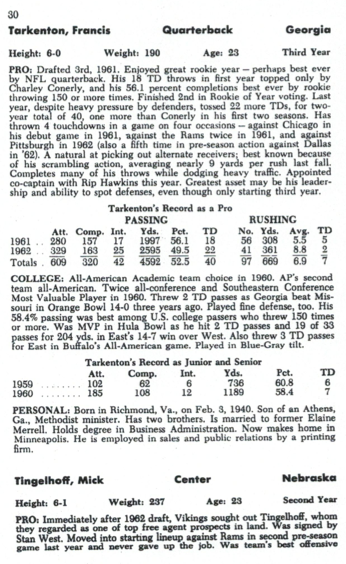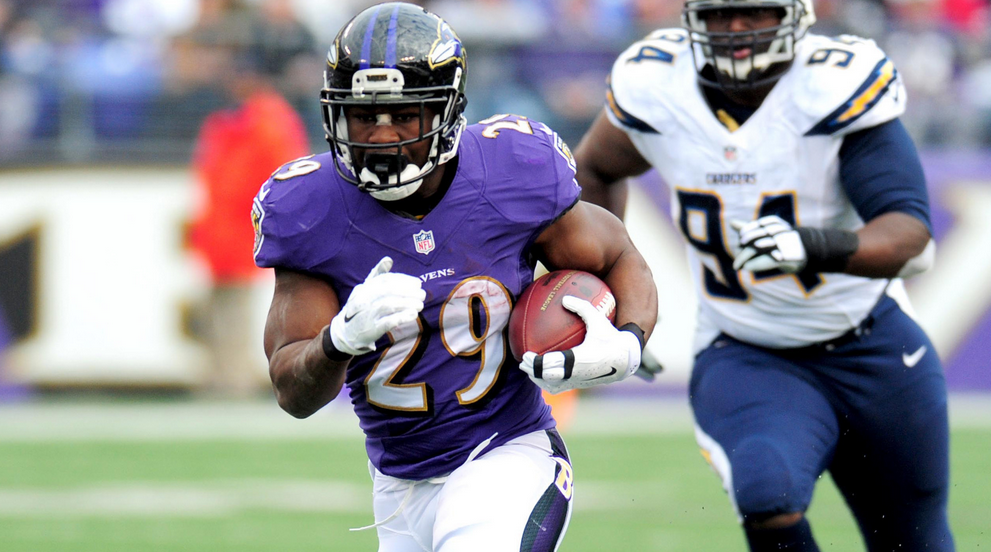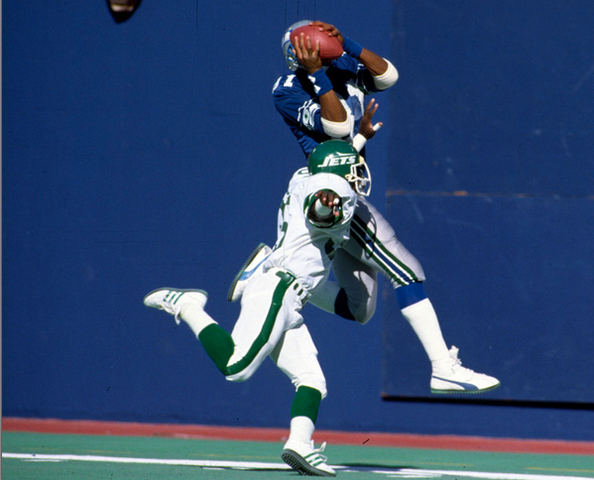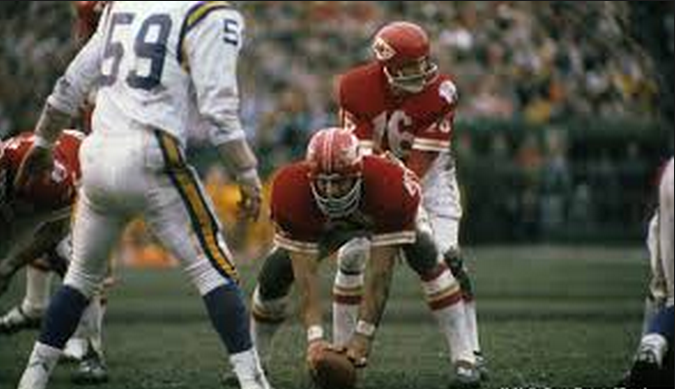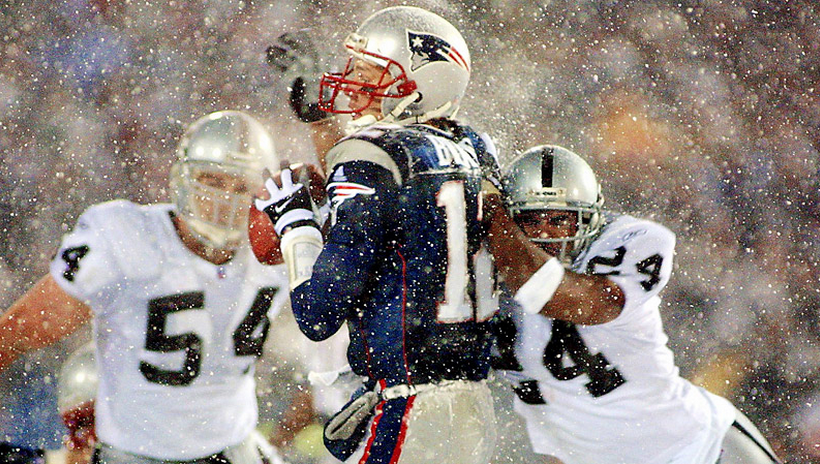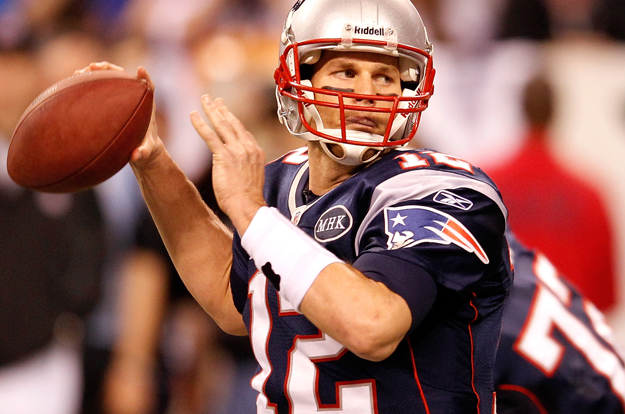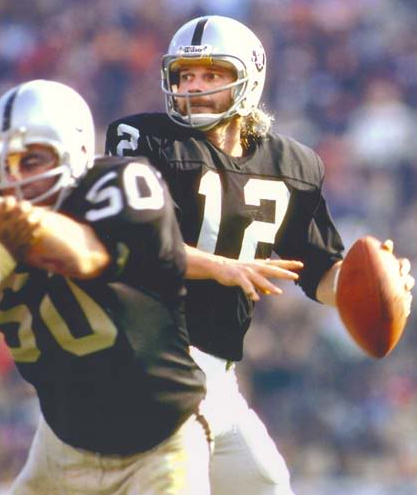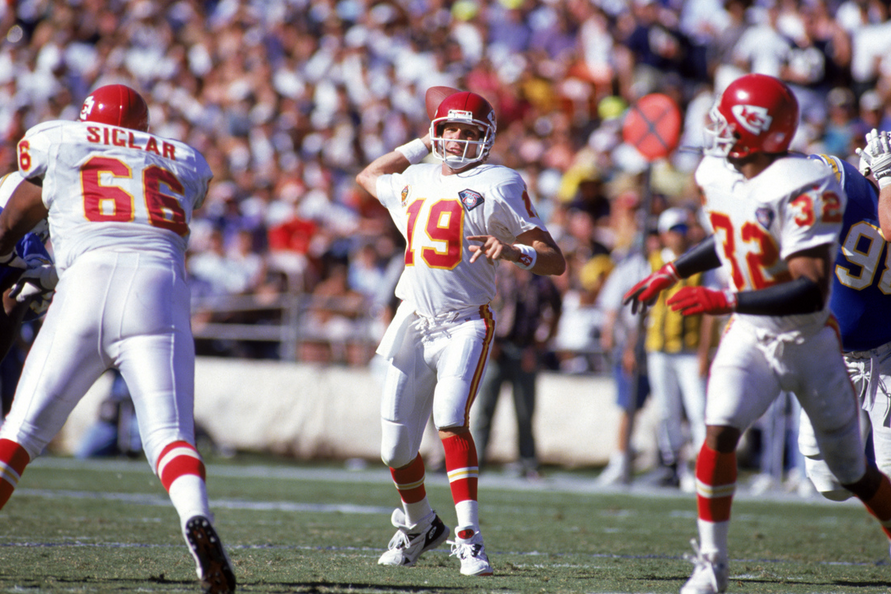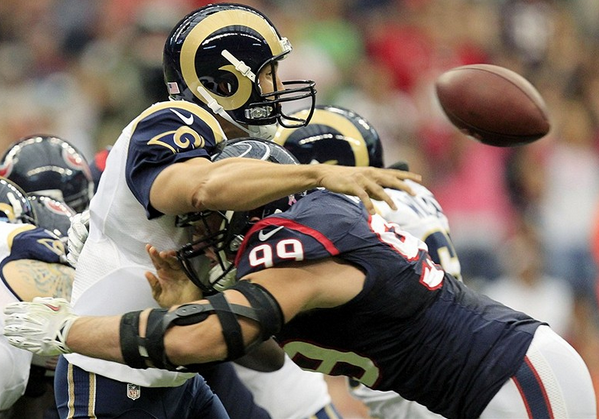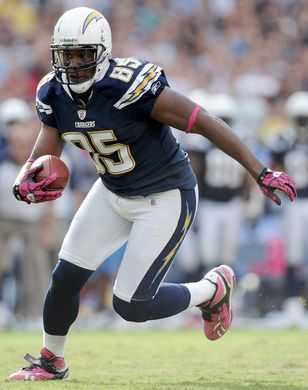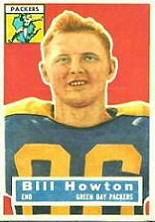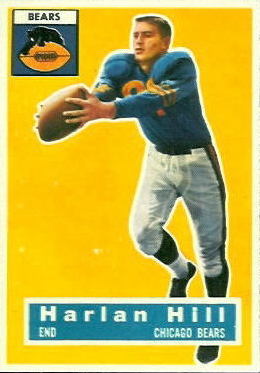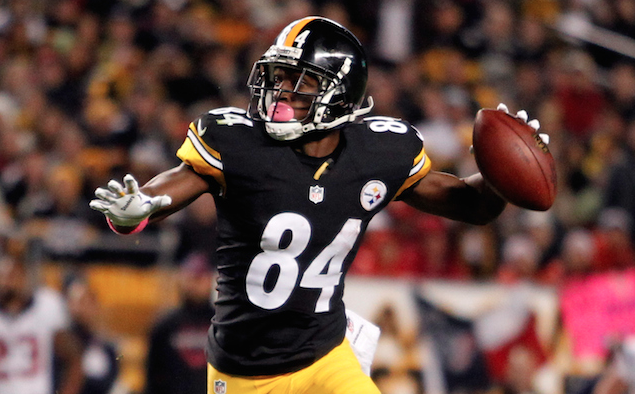Fran Tarkenton says he’ll present Mick Tingelhoff at this summer’s Hall of Fame induction. This makes sense for several reasons: (1) Tingelhoff was Tarkenton’s center for 12 seasons with the Vikings, (2) they’re the very best of friends and (3) Scramblin’ Fran liked to lateral the ball to him on occasion — as only Scramblin’ Fran could.
This last detail has been lost to history, but it’s likely to be brought up between now and August. Hopefully, NFL Films has some footage of it. After all, you don’t often see a center wind up with the ball (intentionally, that is, as opposed to scooping up a fumble or gathering in a batted pass). But then, you don’t often see quarterbacks like Tarkenton. In fact, we’re still waiting for another.
One Tarkenton-Tingelhoff play stands out from the rest. It happened on Nov. 7, 1965, at Metropolitan Stadium. The Vikings were leading the Rams 17-7 early in the fourth quarter when Tarkenton got creative. Here’s how The Associated Press described it:
From the Los Angeles 12-yard line, Tarkenton looked for pass receivers, then scrambled up the middle. Around the 5-yard line, he met solid resistance, so he tossed the ball backward two or three yards to Tingelhoff, the Viking[s] center.
Surrounded by Rams and convinced he was neither paid to take the lumps of a ball carrier nor likely to get anyplace, Tingelhoff quickly followed suit and pitched the hot pigskin to fullback Bill Brown. Brown had nothing to do but sprint 11 yards toward the corner of the end zone to score standing up.
That led to this headline in one of the Minnesota newspapers:
“I’ve learned to expect it,” Tingelhoff said afterward. “That’s about the third time I’ve been the middleman on one of those plays. I’ve never ended up with the ball, though. I let the backs score the touchdowns.”
Tarkenton, being Tarkenton, got a good laugh out of it. “We work on that play,” he said. “That’s one of our finest plays.”
But others just shook their heads. Deacon Jones, the Rams’ Hall of Fame defensive end, said, “You can expect anything from Tarkenton. He might lateral the ball to a fan. They say a quarterback can’t scramble in this league, but he’s been in the league five years and he’s still scrambling.”
In a game the previous season, Jones recalled, “I chased him three times. Twice I fell down. Finally on the third time I got him. But he threw the ball into the end zone for a touchdown.”
Vikings coach Norm Van Brocklin, meanwhile, was mortified. And old schooler, The Dutchman didn’t go in for any sandlot antics. “You can’t beat a real solid football team with stuff like that,” he said.
Still, Tarkenton kept doing it. When he was on the loose, anybody might wind up with the ball, even an innocent bystander like the center.
Source: pro-football-reference.com


